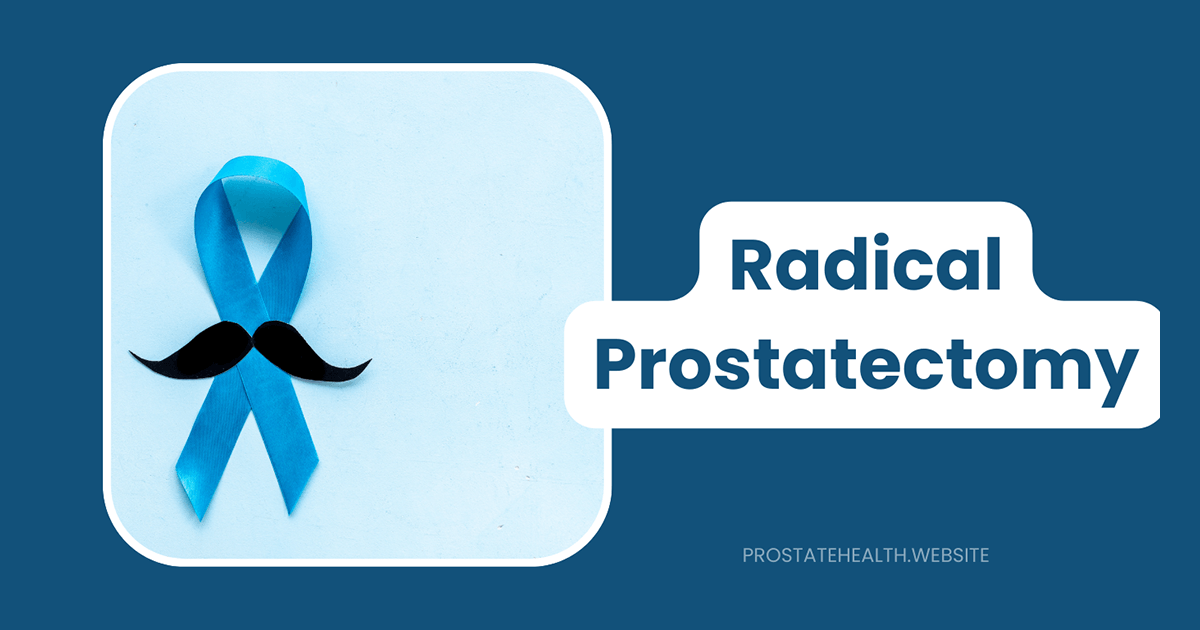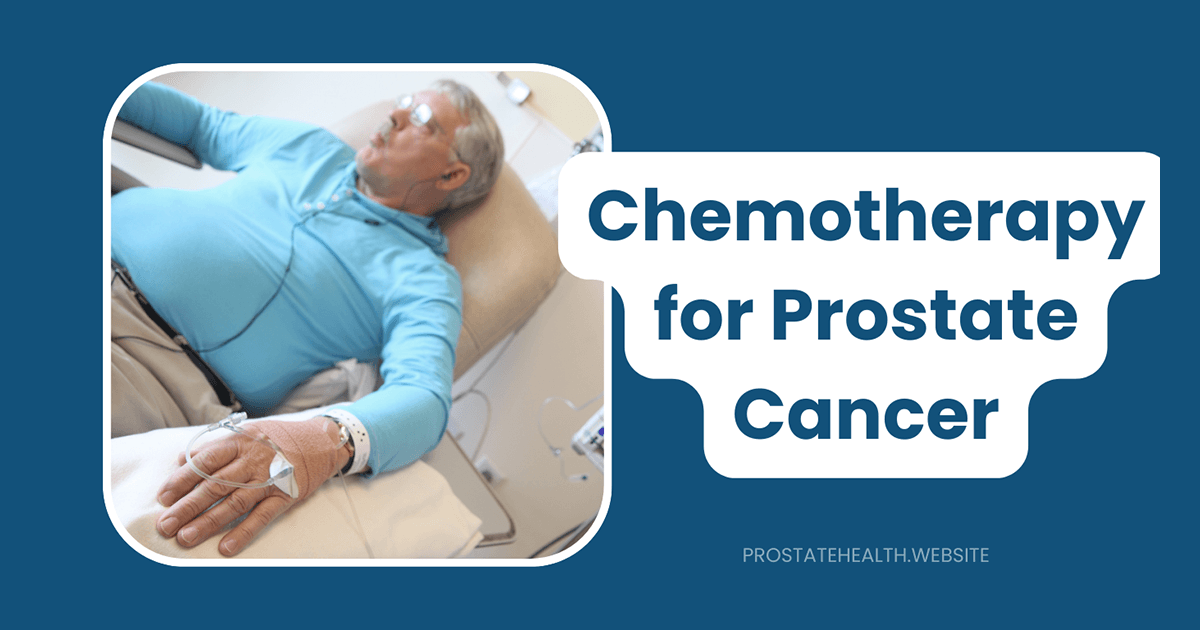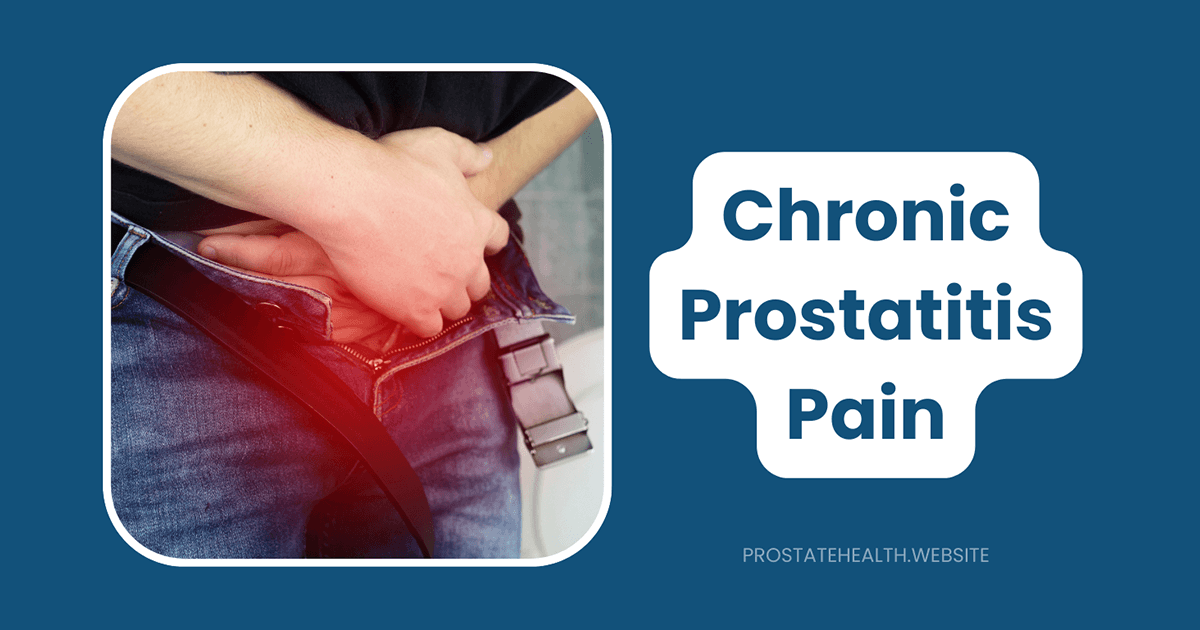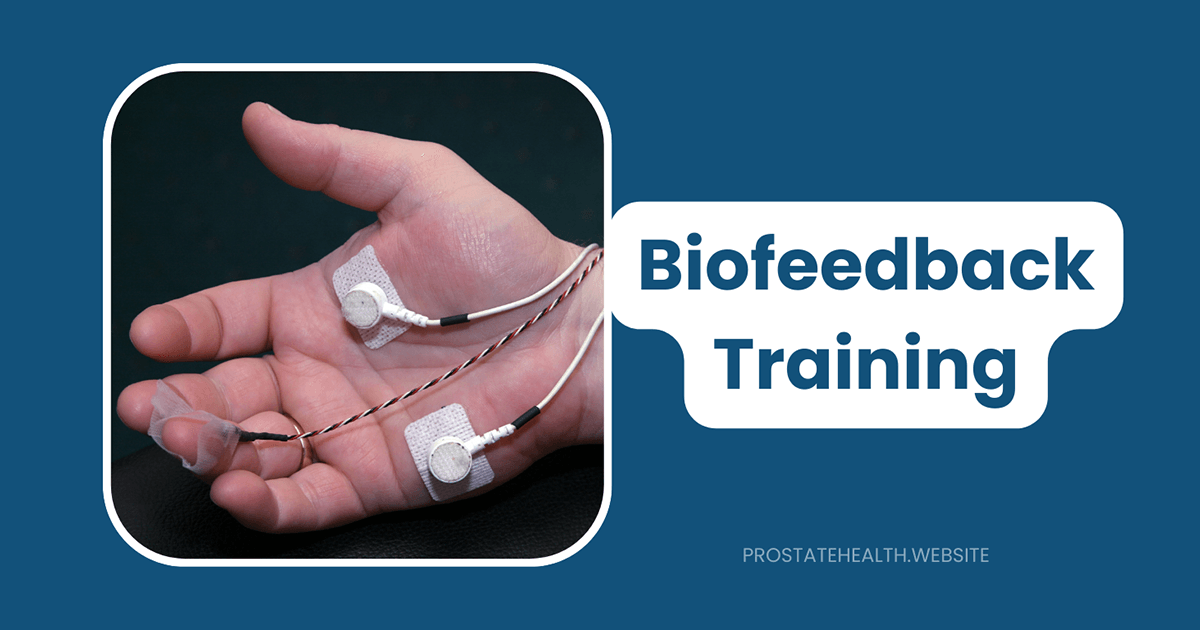Radical Prostatectomy: Surgical Approaches and Recovery

When facing prostate cancer, one of the most significant decisions a man will make is choosing the right treatment approach. For many with localized prostate cancer, radical prostatectomy—the surgical removal of the entire prostate gland and some surrounding tissue—remains a cornerstone treatment option with excellent cancer control outcomes.
As someone who has spent years advocating for men’s prostate health, I understand that navigating the various surgical approaches and preparing for recovery can feel overwhelming. This comprehensive guide will walk you through the different surgical techniques available today, what to expect during recovery, and how to optimize your outcomes.
Understanding Radical Prostatectomy: The Basics
Radical prostatectomy involves removing the entire prostate gland, the seminal vesicles (glands that help produce semen), and in some cases, nearby lymph nodes. According to the American Cancer Society, this procedure is performed approximately 90,000 times each year in the United States.
The primary goal is cancer control, but modern surgical approaches also focus on preserving urinary continence and erectile function whenever possible. These three outcomes—cancer control, continence, and potency—are often referred to as the “trifecta” of radical prostatectomy success.
Surgical Approaches: Comparing Your Options
There are three main surgical approaches to radical prostatectomy, each with distinct characteristics:
1. Open Radical Prostatectomy (ORP)
The procedure: Considered the traditional approach, ORP involves making a single incision (about 8-10 cm) in the lower abdomen or between the scrotum and anus (perineal approach).
Advantages:
- Long-established track record with decades of data
- Direct tactile feedback for the surgeon
- No need for specialized equipment
- Lower cost compared to robotic surgery
Considerations:
- Larger incision
- Typically more blood loss (average 800-1500 mL)
- Usually longer hospital stay (3-4 days)
- Generally longer recovery time (approximately 8 weeks)
2. Laparoscopic Radical Prostatectomy (LRP)
The procedure: Performed through several small incisions using specialized long instruments and a camera (laparoscope) that displays a two-dimensional view on monitors.
Advantages:
- Smaller incisions
- Less blood loss than open surgery
- Shorter hospital stay (typically 2-3 days)
- Faster recovery than open surgery
Considerations:
- Technically challenging with a steep learning curve
- Limited range of motion with conventional laparoscopic instruments
- Two-dimensional visualization
- Less widely practiced in the U.S. (more common in Europe and Asia)
3. Robot-Assisted Radical Prostatectomy (RARP)
The procedure: Similar to laparoscopic surgery but uses a robotic system (typically the da Vinci Surgical System) that the surgeon controls from a console. The system provides three-dimensional visualization and instruments with greater range of motion than the human wrist.
Advantages:
- Enhanced visualization with 3D magnified view
- Greater precision in dissection and suturing
- Reduced blood loss (average 100-300 mL)
- Shorter hospital stay (typically 1-2 days)
- Faster recovery (approximately 4-6 weeks)
- Better preservation of neurovascular bundles in many cases
Considerations:
- Higher cost
- Requires specialized training
- Lack of tactile feedback (though visual cues compensate)
- Longer operative time in some cases
Current Trends and Evidence
The landscape of prostate cancer surgery has evolved dramatically over the past two decades. According to recent data, robotic-assisted radical prostatectomy now accounts for over 90% of prostatectomies in the United States, representing a significant shift from open surgery.
A comprehensive analysis published in JAMA Network Open indicated that RARP showed improvements in immediate postoperative outcomes compared to ORP and LRP, including shorter length of stay, reduced blood loss, and less pain. Long-term functional outcomes also favored RARP, with lower rates of erectile dysfunction and urinary incontinence.
However, it’s important to note that surgeon experience and surgical volume often matter more than the specific approach. A skilled surgeon using any of these techniques can achieve excellent results.
Emerging Techniques
Recent advances in radical prostatectomy techniques focus on further improving functional outcomes:
Retzius-Sparing Approach
This modification of the robotic approach accesses the prostate from behind rather than through the space of Retzius at the front of the prostate. According to a 2025 study, this technique has achieved immediate or 1-week dryness rates of approximately 65-80%, surpassing typical results from the anterior approach.
NeuroSAFE Technique
Presented at the 2025 European Association of Urology Congress, the NeuroSAFE PROOF trial showed that nearly twice as many men preserve erectile function using this technique compared to standard surgery. The approach involves flash-freezing the prostate during surgery to examine the margins, allowing surgeons to preserve more nerve tissue while ensuring complete cancer removal.
Single-Port Robotic Surgery
The latest generation of robotic systems allows for a single-port approach, potentially reducing the number of incisions. Early experiences suggest favorable continence rates and short hospital stays, although the technical complexity remains a consideration.
Recovery Timeline: What to Expect
Regardless of the surgical approach, recovery from radical prostatectomy follows a general timeline, though individual experiences may vary:
Immediate Post-Surgery (Hospital Stay)
Hospital stay duration:
- Robotic/Laparoscopic: 1-2 days
- Open: 3-4 days
What to expect:
- Urinary catheter in place
- Possible drain from the surgical site
- Pain management (typically less with minimally invasive approaches)
- Early ambulation encouraged (walking within 24 hours)
- Clear liquids progressing to regular diet
First Two Weeks
Physical recovery:
- Limited physical activity
- Gradual increase in walking
- No lifting over 10 pounds
- Catheter in place (typically 7-14 days)
- Some degree of pain/discomfort, especially at incision sites
- Possible shoulder pain from laparoscopic gas (if robotic/laparoscopic approach)
Urinary function:
- Catheter removal typically occurs 7-14 days after surgery
- Initial urinary incontinence is common after catheter removal
- Begin pelvic floor exercises (Kegels) as directed
Weeks 2-6
Physical recovery:
- Gradual return to normal activities
- Continued restriction on heavy lifting (>20 pounds)
- Driving may resume after catheter removal and when off pain medication
- Fatigue common but gradually improving
Urinary function:
- Improvement in urinary control over time
- Use of pads/protective garments as needed
- Continued pelvic floor exercises
Sexual function:
- Erectile dysfunction is common initially
- May begin erectile rehabilitation program if prescribed (medications, vacuum devices)
Weeks 6-12
Physical recovery:
- Return to most normal activities
- May gradually resume more strenuous exercise
- Return to work (if job is not physically demanding, may return earlier)
Urinary function:
- Continued improvement in continence
- Many men see significant improvement by 3 months
Sexual function:
- Continued erectile rehabilitation
- Gradual improvement may begin for some men
Long-Term Recovery (3-24 Months)
Urinary function:
- Most men (80-95%) regain good urinary control by 12 months
- Continued improvement can occur up to 2 years
Sexual function:
- Recovery varies widely based on age, pre-operative function, nerve-sparing status
- Can continue to improve for up to 2 years
- Approximately 50-70% of men recover adequate erections if preoperative function was normal and nerves were preserved
Managing Common Side Effects
Urinary Incontinence
Nearly all men experience some degree of urinary incontinence immediately after catheter removal. According to Cleveland Clinic, most men regain control within six to twelve weeks, though complete recovery can take longer.
Management strategies:
- Pelvic floor exercises (Kegels) – start before surgery if possible
- Scheduled voiding
- Protective pads/garments
- Fluid management (timing and type of fluids)
- Medications in some cases
- Advanced treatments for persistent incontinence (sling procedures, artificial sphincter)
Erectile Dysfunction
Erectile dysfunction is common after radical prostatectomy due to the proximity of the nerves controlling erections to the prostate. Recovery depends on multiple factors including age, pre-operative function, and whether a nerve-sparing approach was possible.
Management strategies:
- Erectile rehabilitation programs
- Oral medications (PDE5 inhibitors like sildenafil, tadalafil)
- Vacuum erection devices
- Intraurethral suppositories
- Penile injections
- Penile implants for persistent ED
The NeuroSAFE technique mentioned earlier shows promising results, with 39% of men reporting no or mild erectile dysfunction at 12 months compared to 23% with standard surgery.
Other Potential Side Effects
- Penile shortening: Some men experience a reduction in penile length after surgery
- Climacturia: Leakage of urine during orgasm
- Inguinal hernia: Increased risk following prostatectomy
- Lymphedema: Swelling in legs or genital area if lymph nodes were removed
- Psychological impact: Adjusting to changes in urinary and sexual function
Optimizing Your Recovery
Before Surgery
- Get physically fit: Research suggests that better physical condition before surgery leads to faster recovery
- Practice pelvic floor exercises: Starting before surgery can improve post-operative continence
- Optimize nutrition: Focus on anti-inflammatory foods and adequate protein
- Prepare your home: Arrange your living space to minimize stairs and reaching
- Arrange support: Ensure you have help for the first week or two after returning home
After Surgery
- Follow activity restrictions: Adhere to your surgeon’s guidelines to prevent complications
- Stay hydrated: Proper hydration helps with healing and catheter function
- Manage constipation: Use stool softeners as needed to avoid straining
- Attend follow-up appointments: Regular monitoring ensures optimal recovery
- Join a support group: Connecting with others who have had similar experiences can provide valuable emotional support
Choosing the Right Approach for You
While robotic surgery has become the dominant approach in the United States, the “best” surgical approach depends on several factors:
Factors to Consider
- Cancer characteristics: Location, stage, and aggressiveness of your cancer
- Your anatomy: Prostate size, body habitus, previous surgeries
- Surgeon expertise: Experience and comfort level with different approaches
- Your preferences: Recovery time, incision size, cost considerations
- Availability: Access to different surgical approaches in your area
Questions to Ask Your Surgeon
- How many prostatectomies have you performed using this approach?
- What are your personal outcomes for cancer control, continence, and potency?
- Am I a good candidate for nerve-sparing surgery?
- What approach do you recommend for my specific situation and why?
- What is your complication rate compared to national averages?
Real-Life Recovery: Michael’s Story
Michael, a 58-year-old executive, was diagnosed with intermediate-risk prostate cancer and opted for robotic-assisted radical prostatectomy after consulting with multiple specialists.
“I chose the robotic approach because I wanted to get back to work as quickly as possible,” Michael explains. “My surgery took about three hours, and I was walking the same day. I went home the next afternoon with a catheter, which stayed in for 10 days.”
Michael’s recovery progressed steadily: “The first few weeks were challenging, especially after the catheter came out. I was using 3-4 pads daily initially. By six weeks, I was down to one pad for security, and by three months, I was completely dry.”
Regarding sexual function, Michael notes: “That’s been a slower journey. I started taking medication before surgery even ended, and I’ve been using a vacuum device as recommended. At six months post-surgery, I’m seeing improvement, though not back to baseline yet. My doctor says recovery can continue for up to two years, so I’m staying patient and positive.”
Michael returned to work part-time at four weeks and full-time at six weeks. “The key was pacing myself and not pushing too hard too soon. The support of my wife and a local prostate cancer support group was invaluable.”
The Future of Prostate Cancer Surgery
The field continues to evolve with several promising developments:
Advanced Imaging Integration
MRI-ultrasound fusion technology is improving surgical planning and execution, allowing for more precise identification of cancer location and better nerve preservation.
Artificial Intelligence
AI applications are being developed to help predict optimal nerve-sparing approaches and identify patients at higher risk for side effects.
Enhanced Recovery Protocols
Standardized pathways are reducing variation in care and improving recovery times across all surgical approaches.
Focal Therapy Adjuncts
Combining partial gland ablation with surgery in selected cases may allow for less extensive surgery in the future.
The Bottom Line
Radical prostatectomy remains a highly effective treatment for localized prostate cancer, with excellent long-term cancer control. While robotic-assisted surgery has become the predominant approach in many countries due to its potential advantages in recovery and functional outcomes, all three surgical approaches (open, laparoscopic, and robotic) can provide excellent results in experienced hands.
Recovery is a journey that extends beyond the immediate post-operative period, with improvements in urinary and sexual function continuing for months or even years after surgery. Understanding the typical timeline and actively participating in your recovery through pelvic floor exercises, following activity guidelines, and utilizing appropriate rehabilitation strategies can optimize your outcomes.
Most importantly, choose a surgeon with extensive experience in your preferred surgical approach, as surgical volume and expertise often matter more than the specific technique used.
Have you or a loved one undergone radical prostatectomy? What was your experience with recovery? Share your story in the comments below to help others preparing for this journey.






